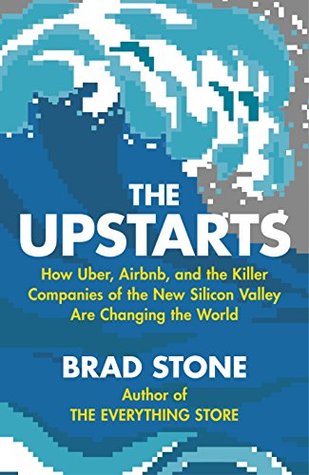More on this book
Community
Kindle Notes & Highlights
by
Brad Stone
Read between
July 11 - September 7, 2019
Silicon Valley’s startup scientists have a name for this phase in a company’s gestation; they call it the Trough of Sorrow, when the novelty of a new business idea wears off and the founders are left trying to jump-start an actual business.
Since selling his e-commerce company, Viaweb, to Yahoo during the first dot-com boom, PG, as he was called, had become a font of startup aphorisms, such as ‘It’s better to have a hundred people that love you than a million people that sort of like you,’ and ‘Don’t worry about competitors; startups usually die of suicide, not homicide.’
Travis’s Law. It went something like this: Our product is so superior to the status quo that if we give people the opportunity to see it or try it, in any place in the world where government has to be at least somewhat responsive to the people, they will demand it and defend its right to exist.
Pham’s impact at Uber was evident on New Year’s Eve, typically a night of frantic activity that had overwhelmed Uber’s systems for three straight years. ‘Thuan, if we have a system breakdown, I’m going to have an aneurysm and my death will be on your hands,’ Kalanick told him earlier that day. But for the first time, Uber’s systems survived the night relatively unscathed. A few days later, Kalanick took Pham and his team out for a celebratory dinner and offered a rare bit of praise. ‘You did a great job,’ Uber’s CEO said. Characteristically, the praise came with a new challenge. ‘From here on
...more
Uber said sign-ups jumped 850 percent after the strike. Drivers had inadvertently brought Uber more attention.
Uber’s expansion also measured the will of local governments to update antiquated transportation laws for a service that many of its own citizens desperately wanted. This was a litmus test for democracy itself, exposing whether regulators and legislators were more beholden to their own people or to powerful taxi interests and unions. The countries of continental Europe struggled with this test. They had encountered an innovative and arrogant new player out to disrupt a stagnant industry, and their impulse was to repel the upstart.


